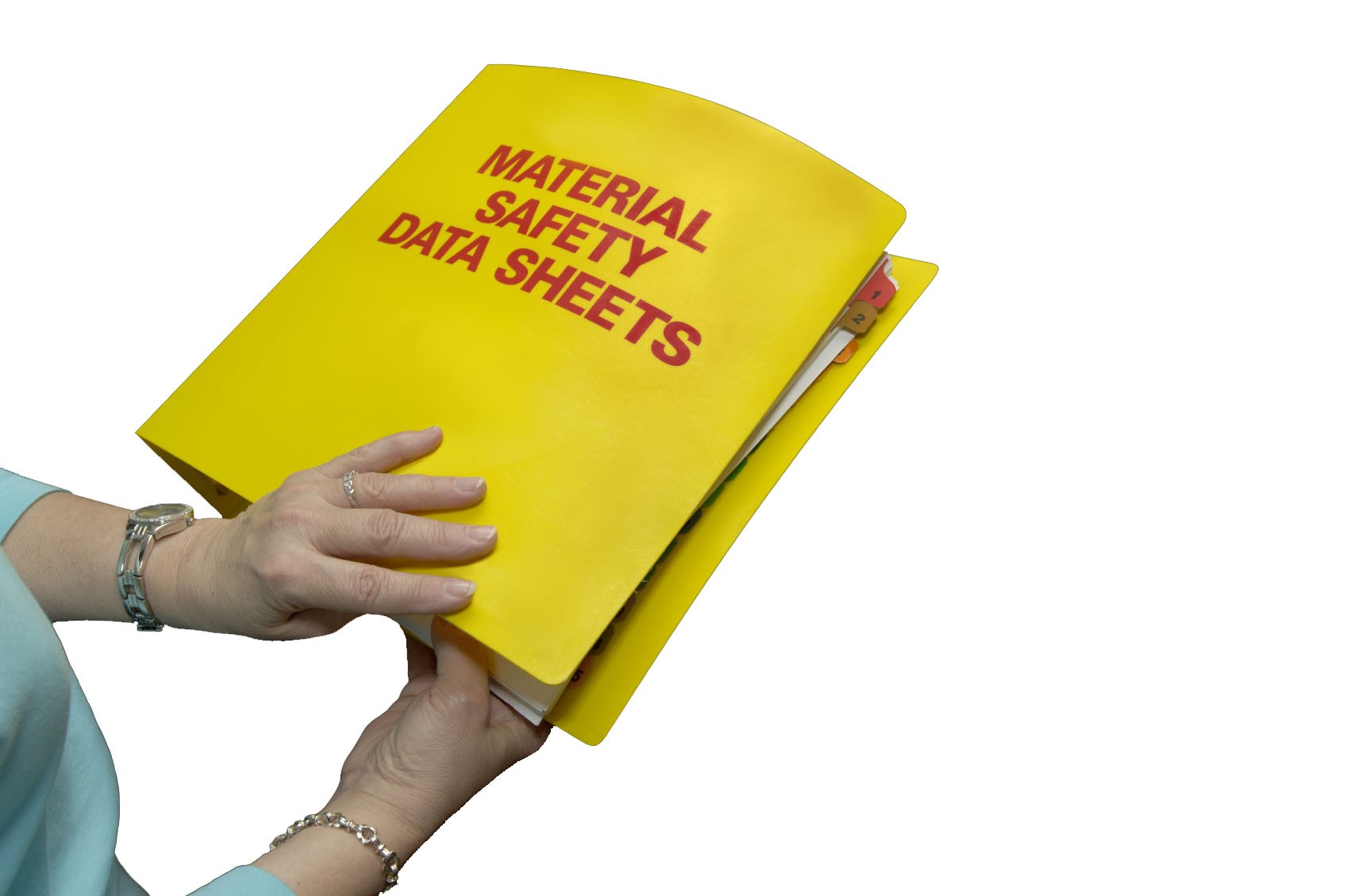Msds Training Program
Training (1) The Ultimate HazMat CD This amazing CD-ROM training program has set all new standards for computer-based training for hazmat teams, firefighters, EMS. This training program consists of topics from disinfection and floor care to green cleaning and satisfying OSHA requirements. Compare Evaluate Choose MSDS Software or MSDS Authoring Services to ensure MSDS Compliance.
Msds Training Program Pdf

MSDS Training Program Sept. Statutory Requirement: The Occupier shall arrange to obtain or develop detail information on. MSDS Training Program Sept. MSDS Why MSDS ? Statutory Requirement: The Occupier shall arrange to obtain or develop detail information on hazardous chemicals in the form of a “Material Safety data Sheet” The information shall be accessible to workers upon request for reference. The information to be accurate, scientifically prepared and new information to be added if there is significant change in the hazard potential.
To provide training to employees for safe handling of Chemical they use. To help the emergency responders in case of emergency situation. For safe storage, handling & transportation. Use of touch, Smell and test are dangerous. Dimethyl Sulphate: Which has no colour (Water white) no odour delayed effect on skin contact. Physical & Chemical properties: Chemical and physical properties out lined here are important from safety point of view. State of matter: Whether chemical is a solid chunk of material, pool of liquid or invisible gas.
Method of handling can be varied with state of material. Phenol: Low melting solid. In winter – solid In summer: Liquid above. C. Freezing Point: Freezing Point is the temperature of a liquid when it is transformed into a solid. Acetic acid: 4. O C in Europe / Kashmir the pipe line for transfer of Acetic acid is to be insulated. Acetone very low being liquid. In case of fire, creates pressure in drums that can explode.
Material Safety Data Sheet (MSDS) Management : Managing Your MSDS Program: OSHA requires employers to maintain current Material Safety Data Sheets (MSDS) on all. MSDS Services Software A-G Software H-Z Auth & Trans Training Products. Sustainability Partner Program; Glossary of MSDS Terms; Library; MSDS Links; Printing MSDS Links. Bundled Hosted Online MSDS and Training Management Solution.
You can relate vapour pressure to the ability to evaporate. Chemicals like Gasoline, acetone alcohol all have high vapour pressures. Vapour pressure less than 4. Hg. Some common products & their vapour pressures. Gases that have a vapour density of less than one will rise in air while gases with a vapour density greater than 1 will stay low to the ground. Ammonia will go up in air Chlorine will settle at ground level.
Easy way to calculate V. D = M. W M. W. Toluene Benzene xylene etc. Chemicals that have specific gravity more then I will sink in water e.
Carbon disulphide (CS2 )Trichloroethane etc. This becomes important when Odour threshold value is higher than its TLV (Toxicity). Which has Odour threshold value 1.
TLV 2ppm means when one smells 2 ppm epichlorohydrine it has already crossed T. L. V. Two methods of reporting. Open cup / Close cup Table: Flash point of some common chemicals 1. MSDS Flash Points of Some Common Materials Material. Flash point. Material. Flash point Gasoline- 3. CDiesel> 3. 7.
C IPA1. 1. 6 o CMotor Oil. C Acetone- 1. 8 o CXylene. C 1. MSDS - Auto ignition temperature: This is the temperature that the material will ignite on its own without an ignition source. Ignition temperatures are much higher than flash points. Once the ignition temperature is reached, the martial will burn. Lower than that there will not be sufficient amount of fuel for ignition.
UEL : Maximum concentration of chemical in air that can be ignited with the source of ignition more than that, there will be less of oxygen required for burning. Higher the range more is danger Eg. Acetylene has LEL of 2. UEL 1. 00% this means that when you rich 2.
Naphthalene : Naphthalene being solid has both vapour pressure & flammability range due to its sublimation 1. MSDS TDG Flammability : Transportation of Dangerous Goods Flammability of the material is catagorised in to 5 different categories. The TLV is the level of exposure that starts to produce an effect.
Most of these values refer to air borne concentrations and are based on a standard work week. Different names are given as PEL, Permeable Exposure Limit REL Recommended Exposure Limit, TWA Time weighed average etc.
It is average concentration of a chemical that most workers will be exposed to during the normal 4. TWA 8 1. MSDS STEL : Short term exposure Limit: It is an exposure that only occurs for 1.
Each 1. 5 minutes exposure event is interrupted by a 6. So that in the course of an 8 hrs day, the individual only be exposed to a chemical for 1. The doses are decided on the body weight per kg of test animal. Exhothermic; Endothermic or no reaction. The most common chemicals reactions is exhothermic.
Meaning release of heat. When handling oleum and applying water to a spill the resulting mixture will bubble, furnace and heat to over 3.
O F. Such data is to be provided here. Preventive measures: PPEs to be used for handling the chemical.
Storage precaution: - away from light - away from source of heat etc 2. MSDS Emergency and first aid measures: - Fire: - Special precautions FFE type etc. Ecological data: Marine toxicity: Phenol etc. Carbon tetra chloride etc. Transport Information: T D G regulation Shipping regulation Rail / Road transpiration regulation. Dot Regulations Regulatory information: Export purpose : EPA OSHA Federal Regulations etc. The disclaimer is also included at the end of a sheet to avoid legal complications.



/https%3A%2F%2Fassets.over-blog.com%2Ft%2Fcedistic%2Fcamera.png)